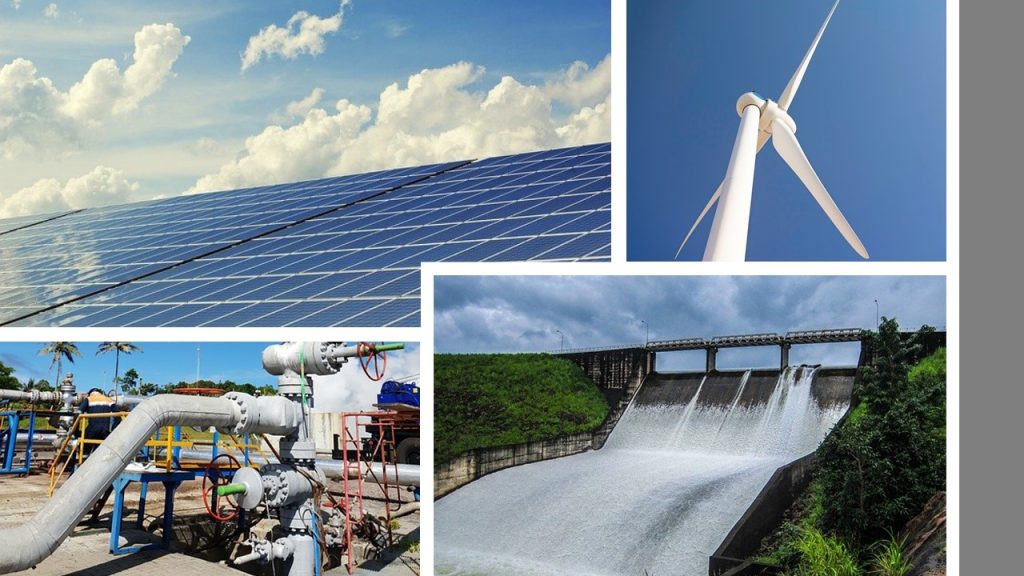Solar Power Renewable Energy Tops List
Oil prices are soaring. Gasoline at the pump will follow. In fact, gas prices are predicted to soar to over $7 a gallon by mid-summer. Inflation is running away, but renewable energy has been dropping in price for decades. Ask yourself, “Do I still want to be hostage to out of control rising fossil fuel energy costs?” Meanwhile, the cost of installing a solar panel system has dropped. Solar energy is not just a way to save money on your home. Solar energy is a clean, quiet energy source with a low carbon output. That’s why solar power renewable energy tops the list of options for many homeowners.
In Minnesota, a family run firm called Renewable Solar Resources has spent years working to support the transition to clean solar power system. Renewable Solar Resources believes in a clean energy future and has found solar to be an incredibly reliable energy source even in the north. Solar panels, inverters and solar storage have continued to become ever more efficient in recent years. This makes solar power renewable energy an incredibly affordable option for today and the future. If you live in Minnesota, find out if your home can support a solar energy array here.

Renewable Energy Options
There are several types of renewable energy, such as Hydroelectric energy, geothermal, biomass energy, wind energy and solar energy. Of all of these one of the most popular choices is solar power renewable energy. This popularity is due to its clean production with low carbon output that homeowners can have installed on their own home.
Hydroelectric Power
Hydroelectric power is clean, but it relies on fast-moving water like in a large river or the water falling in a dam. The force of the water is converted into electricity by a spinning generators turbine blades. Mega-dams, like the hoover dam, diverts natural water flow. That generally makes it considered a nonrenewable energy. Smaller hydroelectric plants when carefully managed can produce power without causing nearly as much environmental damage.
Solar Power Renewable Energy
Solar power renewable energy is an incredible option because it can be scaled to various home and business sizes. In fact, solar power harnesses the sun’s rays to power whole homes and businesses. Solar panels generate electricity more quietly than any other energy source. Solar Power is passive energy generation. There are no moving parts or gears to create noise. Batteries add an economical way to store excess solar energy to use at night. Researchers constantly work to improve solar panel efficiency and attractiveness. As a result solar panels continue to blend form and function with advances like micro-inverters, solar skylights and solar roof shingles. With panel prices constantly improving, solar has rapidly gained popularity with homeowners throughout the US.
Wind Renewable Energy
Ranchers and cell phone companies use wind turbines regularly. Some homeowners are in acceptable wind turbine operation conditions. Dealers now offer site, installation and maintenance packages for some homeowners. Depending on zoning rules, electricity needs and wind speeds, a turbine could reduce your reliance on the electrical grid. All three conditions are not common for homeowners in cities and suburban settings, but the industry is evolving.
Geothermal Energy
Think of the hot springs in Yellowstone national park. Deep wells bring hot underground water to the surface. That same heat is also used to generate electricity. Geothermal plants usually have low carbon emissions if they pump the used steam and water back into the reservoir. Unfortunately, there are concerns that geothermal plants may increase the risk of an earthquake in hotspots.
Biomass Energy
Organic material from plants and animals when burned releases chemical energy as heat. With a steam turbine, release of that heat generates electricity. This is known as biomass energy. While biomass is renewable energy, it is not necessarily clean. Studies show biomass, especially from forests, produce higher carbon emissions than fossil fuels. On the other hand, sawdust and wood chips from a sawmill would decompose and release carbon. Burning it in wood pellets can be a low carbon energy source.
